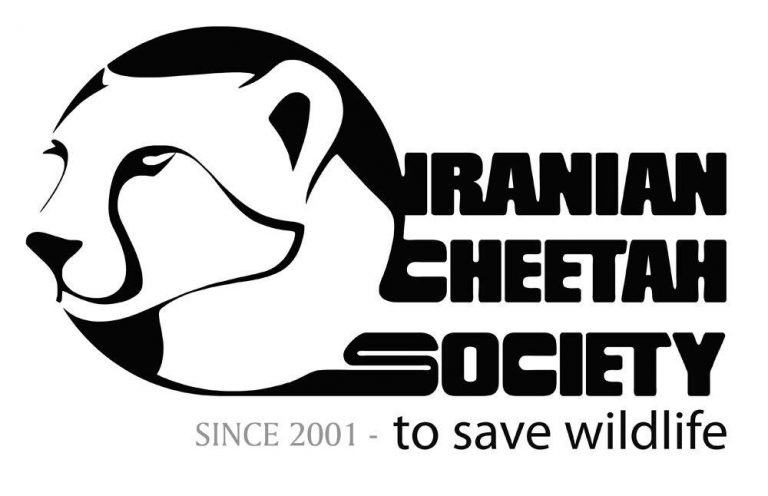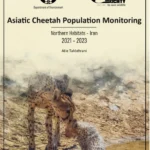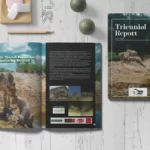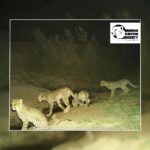[vc_row][vc_column width=”1/3″][/vc_column][vc_column width=”2/3″][vc_column_text]
Introduction
[/vc_column_text][vc_column_text]
The first step to protect species is to know them by getting good and accurate scientific knowledge about them. This can be achieved through quality scientific research. Iran has a rich biodiversity but most of our knowledge about it is limited to presence or absence of the species. Unfortunately, even the distribution of the species is very little known and therefore cannot provide a basis for habitat, population and other ecological studies.
Due to the lack of available information about the country’s wildlife species, the Iranian Cheetah Society’s approach since the establishment, has been to study and do research in various fields. The studies are high quality academic materials and at the same time they are quite practical and functional to help better protect the species in the wild. The results are used to improve the quality of community education and empowerment projects as well as providing new questions and hypotheses to continue the research in other areas.
We have an “ecosystem-based approach” in our research to study the target species in the context of the ecological and abiotic factors that affect their lives. There have been several studies on Cheetahs based on this approach. Since the establishment, ICS has put a lot of effort and resources on cheetah research as an important Flagship Species. Our research team’s expertise has also developed opportunities for students and other professionals to conduct research on other species of interest.
During the past few years, ICS has also undertaken several studies on Persian of which some have published.
There are some other species that have been studied comprehensively such as wolf, brown bear and hyena. In most cases, such studies are considered the first of their type in Iran.
Another part of our research focuses on small cats. They are among the less known species in Iran and even the initial questions about them have remained unanswered.
Therefore several studies have started mostly on Lynx, Caracal and Palas cat. The published papers are considered as the first steps to identify and study of these species in Iran.
ICS research aims are the production and dissemination of information among practitioners and stakeholders. Undoubtedly, the contribution of all students, teachers and professionals can contribute to enhancing the quality of studies.
[/vc_column_text][/vc_column][/vc_row]








